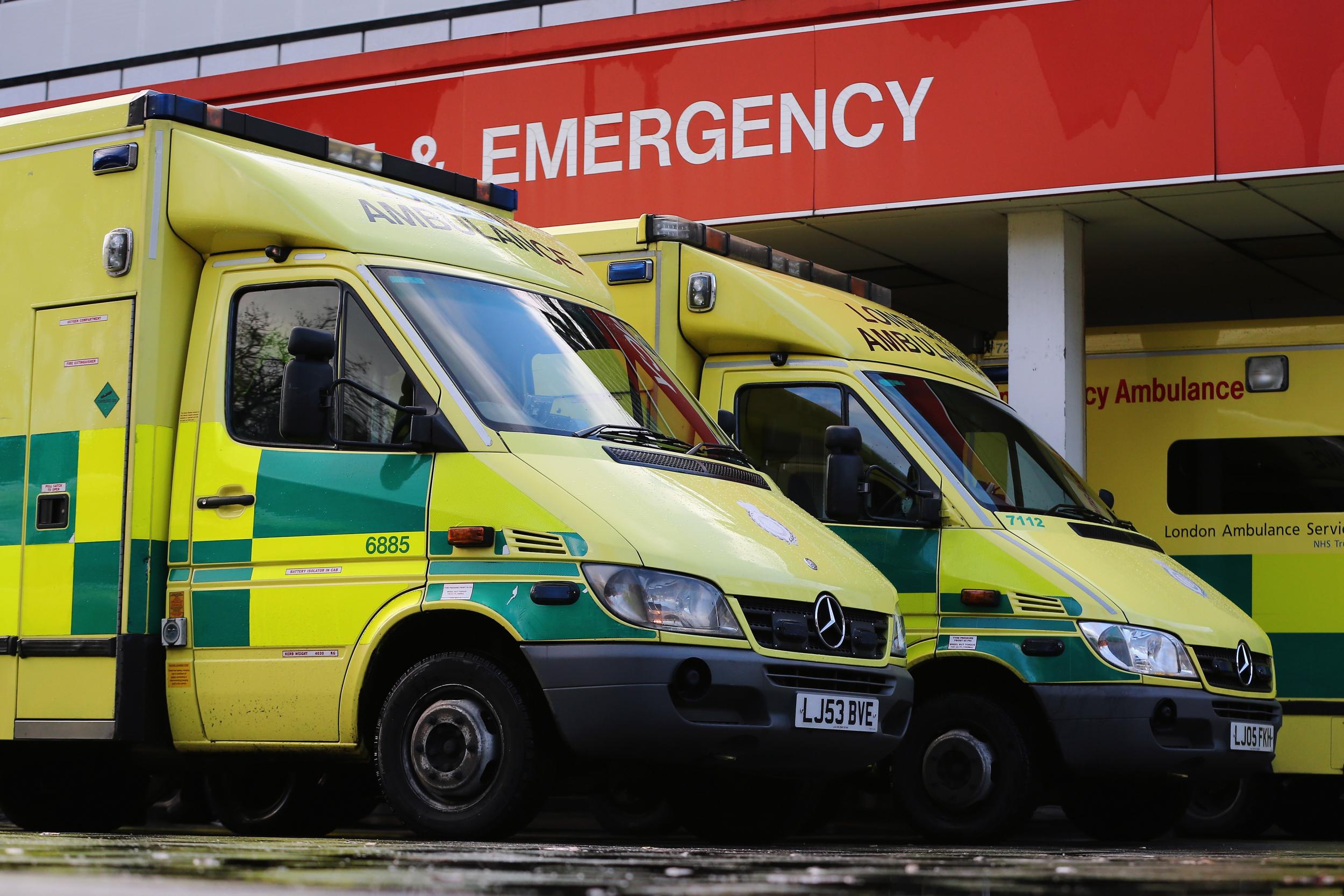I’m a doctor – here's five reasons your Christmas could end in a trip to A&E
Acute alcohol poisoning, head injuries, lacerations, fractures and fits await if you do decide to drink that sixth Jaeger bomb

The Friday before Christmas has earned the moniker ‘Mad Friday’ as the worst day of the year for alcohol consumption. Nowhere is this clearer than in an A&E department after midnight. Emergency staff bear the brunt of the increased number of patients attending A&E, as well as often being on the receiving end of a tirade of abuse, projectile vomit or urine from patients too drunk to find their way to the toilet.
A recently published report from the Nuffield Trust estimated that hospital admissions for alcohol poisoning have doubled in the past six years, particularly among young women. Working the weekend night shifts in A&E brings this rise in alcohol consumption into sharp focus. While the reported statistics focus on actual admissions, they grossly underestimate the burden of alcohol on A&E departments by not taking into account those patients who are seen, assessed and sent home or those who come in for alcohol-related injuries – falls, fights and fits to name a few. The following is a list of these common injuries, many of which I saw last Friday and Saturday night while working in A&E, and which I know I will see time and time again.
Acute alcohol poisoning
Quite simply drinking so much alcohol that it reaches toxic levels in the blood stream. On the milder end of the spectrum you might black out for a number of hours, but at its extreme it can affect the heart, the breathing and can be fatal.
Head injuries
All too common - and potentially dangerous - when alcohol is involved. Anyone who has a clear history of a head injury, plus loss of consciousness or amnesia of the fall, must have their head scanned. Given that amnesia is a fairly routine occurrence when alcohol is involved, it can be a source of frustration to use this as a criterion for doing a head scan.
Fractures from falls
Your head isn’t the only fragile part of the body. Broken wrists, dislocated elbows, fractured ankles, are all more likely late on a Saturday night when you’ve had a few drinks and are a little unsteady on your feet. Particularly when you add sky high heels into the equation.
Lacerations
Cuts to the skin and occasionally deeper from falls and fights. This can be quite serious, requiring specialist attention from the Plastic Surgeons or an attractive row of stitches courtesy of one of the A&E doctors. The Police are also on hand to follow through with assault charges.
Fits and withdrawal symptoms
Very different to even the most horrendous of hangovers, alcohol withdrawal after excessive drinking can cause patients to have a fit, hallucinations, tremors and palpitations. Without urgent treatment with intravenous fluids and alcohol detoxification, withdrawal can lead to death.
So please, on behalf of A&E departments across the country, do think a little more carefully about that fifth glass of wine or sixth Jaeger bomb, particularly on New Year’s Eve. Is it really worth a trip to A&E, a stay in hospital or worse?
Dr Alexandra Barry is an A&E Senior House Officer at the Royal Free Hospital, London
Join our commenting forum
Join thought-provoking conversations, follow other Independent readers and see their replies
Comments
Bookmark popover
Removed from bookmarks